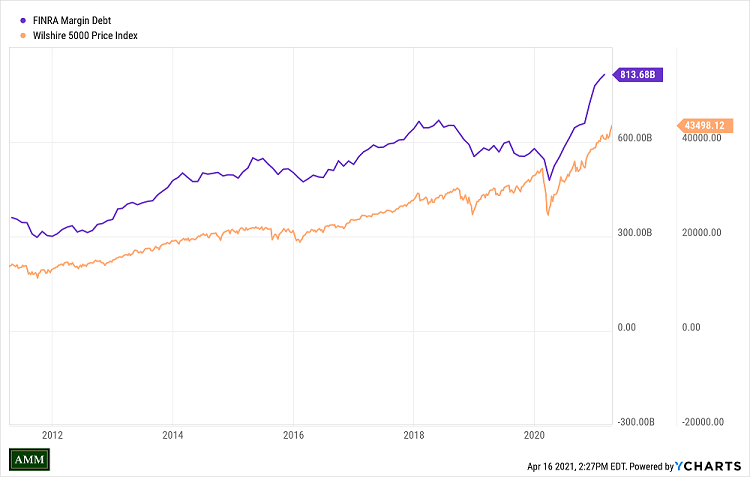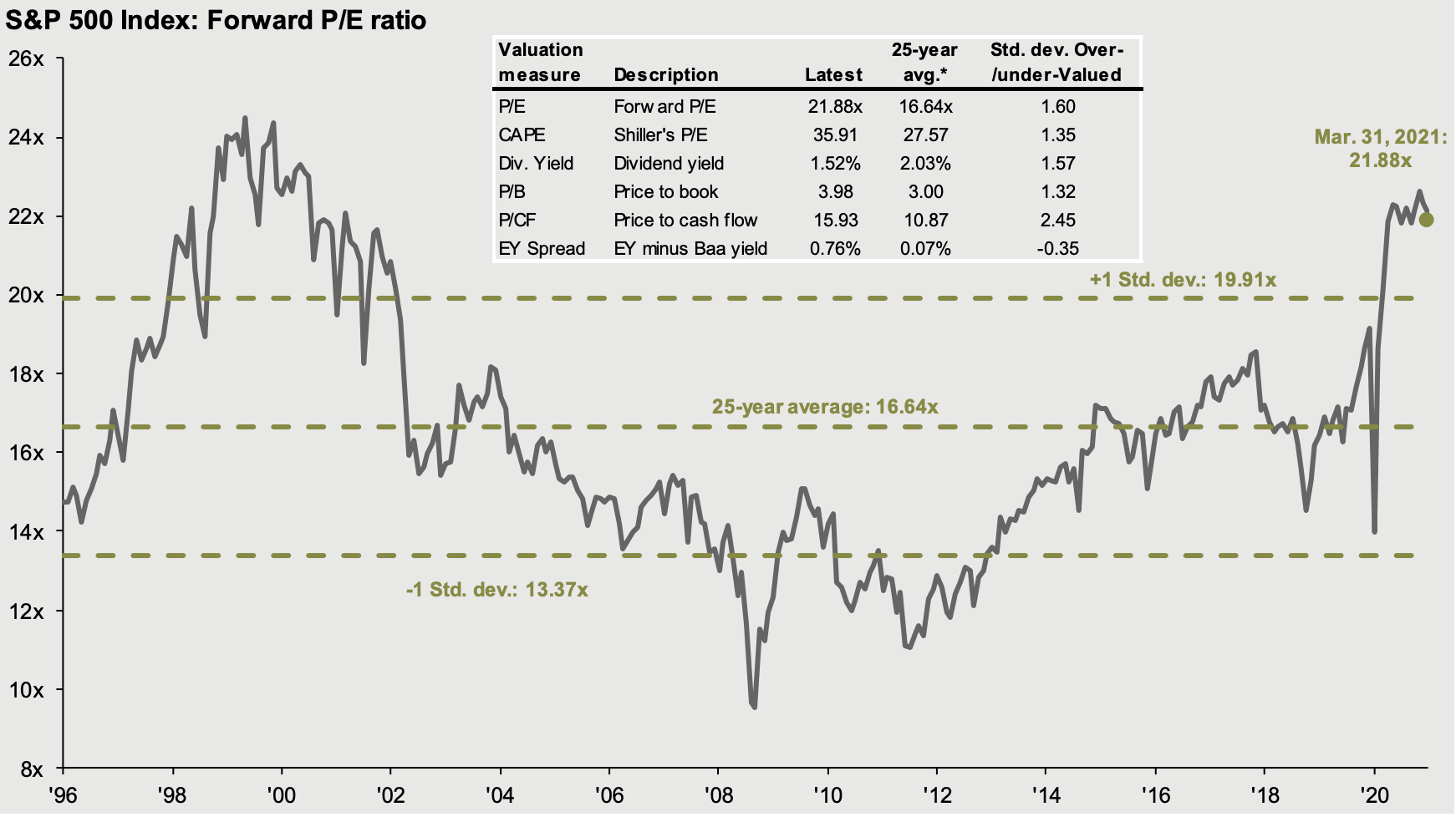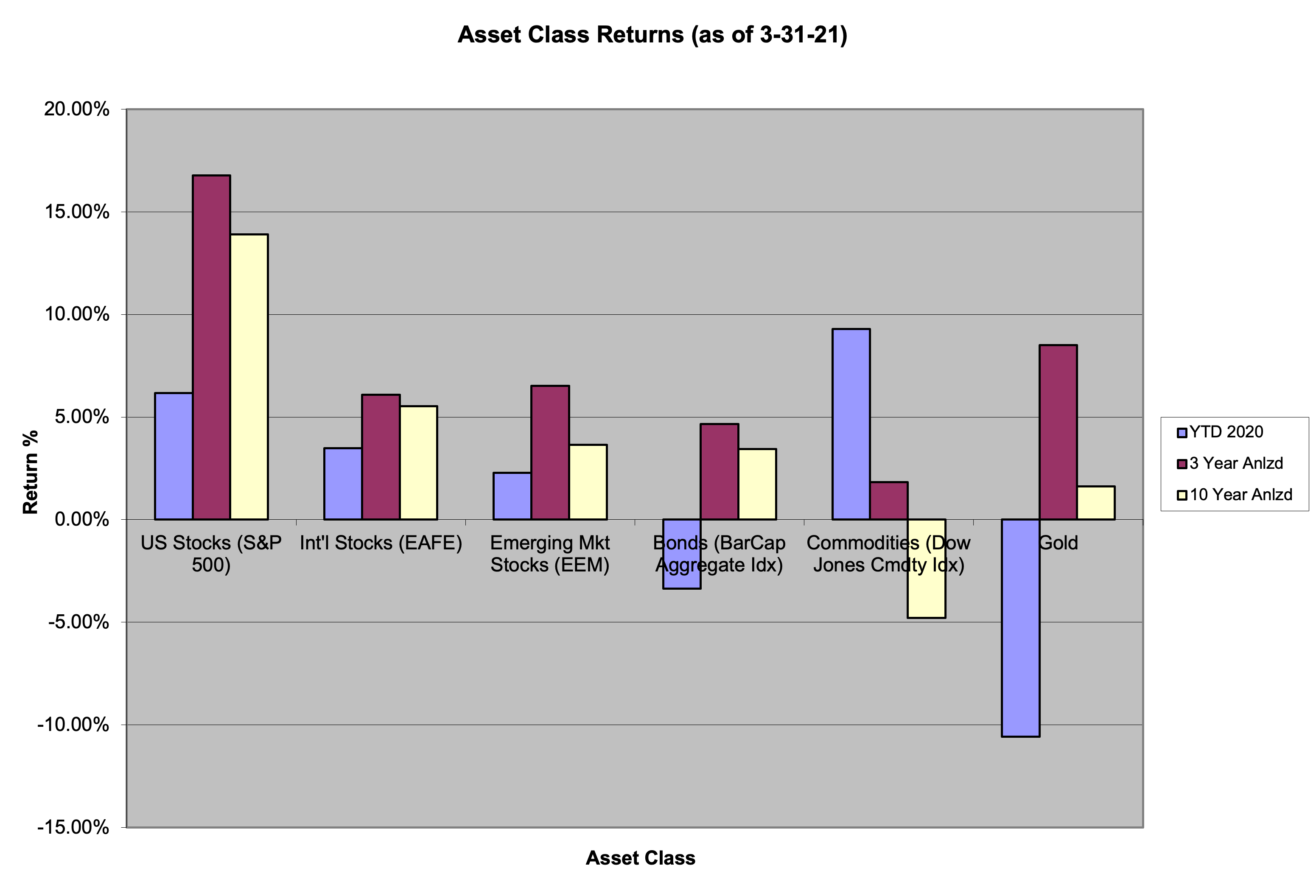The Covid19 induced recession of 2020 led to the strongest fiscal and monetary policy response in history. The stimulus was global in nature, and has likely set the world up for a significant boost to growth in the years to come. According to research from McKinsey & Company, by June of 2020 governments worldwide had allocated $10 trillion for economic stimulus in just 2 months. As a percentage of GDP, the US policy response was 2.5 times greater than what it was for the entire financial crisis of 2008-09.
Since then, more trillion dollar fiscal stimulus packages have been passed and monetary authorities at the Fed and other central banks have kept interest rates near record historical lows, while funding massive budget deficits. So far it appears that the stimulus has not only arrested the negative economic downside of the pandemic, but has set up the global economy for a boom.
Consider the following:
Employment
Between February 2020 and March 2020 nearly 22.4 million domestic jobs (non-farm payrolls) were lost. The unemployment rate peaked at 14.8%, the highest since the Great Depression and nearly 50% higher than the 2008-09 financial crisis. Since then 12.9 million jobs have been regained, with the employment rate now at 6.2%. Annualizing the employment gains from March 2021, the rate could fall to 4.2% by the end of the year, and to 3.5% by then end of 2022 – near pre-pandemic levels.
Economic Growth
Along with employment, real US gross domestic product (GDP) growth plunged during Q1 and Q2 of 2020 dropping -5% and -33% quarter over quarter respectively. Since then growth rebounded 33% in Q3 and 4.3% in Q4 of 2020. For full year 2020 the US economy shrank 3.5%, marking the biggest annual contraction since World War II.
In March the Federal Reserve updated their median GDP forecast to 6.5% for full year 2021, and 3.3% for 2022. These are robust numbers and well above longer-term GDP trend growth of ~ 2%. Several private sector economists, including those from Goldman Sachs and Commerzbank predict that the US GDP will fully recover and retake its pre-Covid19 levels this quarter.
Earnings Growth
Profits at S&P 500 companies dropped 22% in 2020, but are expected to rebound as much as 40% this year as the economy rebounds.
Financial Markets
While asset markets experienced a steep sell-off in March of last year, they began to recover only 3 weeks after the beginning of the pandemic. This supports the view of most seasoned investors that markets are “forward looking”. As the US continued to struggle with multiple waves of the virus, and negative headline risks, the S&P 500 had hit a new all-time high by August. Other asset markets including housing and certain commodities have also moved significantly higher through the course of the pandemic.
In short the 100 year economic storm caused by the pandemic has led to a flood of money from governments and central banks, which could lead to a roaring 2020s. The early results from this unprecedented monetary policy experiment are very positive as outlined above. But there is always the potential for clouds on the horizon.
Risks & Challenges – What could Possibly go Wrong?
Well, a lot actually. This isn’t a critique of the stimulus – in our estimation there was no perfect way for countries to handle the pandemic in a way that would minimize loss of life and keep the economy running at full capacity. In fact policy makers on par have been successful thus far in supporting the economy in aggregate. But as allocators of capital, we must consider the risks at least equally with the potential rewards of any investment decision. And while the stimulus efforts have created the opportunity for greater near-term growth and higher asset prices (i.e. greater wealth), there is likely a cost to all of this. We outline below what we view as the most salient risks facing investors in the coming years:
Inflation
Economist Milton Friedman famously said that
inflation is always and everywhere a monetary phenomenon in the sense that it is and can be produced only by a more rapid increase in the quantity of money than in output.
Inflation has remained low for many years – stubbornly low in some economies, to the point where policy makers are attempting to stoke a higher level of inflation to avoid outright deflation. Some economists believe that gains in productivity, demographics and high debt levels in advanced economies have kept inflation at bay.
But is it possible that the massive level of global stimulus could finally push the world in to a higher inflationary environment? The M2 money supply just experienced its largest increase in history. With supply chains stretched due to the global economic shutdown, there have already been signs of inflation beginning to make a comeback. Commodity price inflation has been on the rebound. While the consensus view is that this rebound is a transitory event, inflation is not an easily understood or predicted phenomenon. If it did make a comeback in a big way – at a time when advanced economies are dealing with high debt levels, it could cause a return of the stagflation (low growth / high inflation) of the 1970s. A very unfriendly period for wealth creation.
High Asset Values
On most valuation metrics, the S&P 500 currently exceeds its average over the last 25 years – in some cases by a very wide margin (Exhibit A). Long-time clients know our mantra that “the price you pay determines your return”. Pay a low price for an asset, and all else being equal you will have a higher return than if you pay a higher price for the same asset. The math is straightforward, but the psychology around the price an investor is willing to pay is far from it.
Periods of strong performance tend to lead investors to recency bias. Expecting similar returns as those achieved in recent history. But market history would suggest strongly tempering these assumptions. Periods of high prices, tend to be followed by periods of low returns. Data on 1960 and subsequent returns, and data on 1999 and subsequent returns.
Investors choosing to eliminate bonds in favor of stocks due to low yields are making a false choice since stocks too are priced for lower future returns (i.e. the low rates on bonds are no different than the high multiples on stocks – both suggest lower future returns). Add to this the fact that stocks are prone to a level of volatility that is typically many multiples of a typical intermediate-term bond fund, and the risk adjusted trade-off between “low yielding” bonds and stocks may not be so obvious.
Debt
Historically debt is viewed as an impediment to growth. From a household perspective this is common sense. If you are heavily indebted, more money goes to debt servicing and less to consumption or investment. In a paper titled “Debt and Growth Revisited”, Harvard economists Carmen Reinhart and Kenneth Rogoff found that when public debt was greater than 90% of GDP, median growth rates fell by 1% and average growth rates fell by much more.
The US debt/GDP ratio is now 107% vs. 80% prior to the pandemic, and the Congressional Budget Office (CBO) baseline forecast is for this amount to rise to 113% by 2031. Is the huge increase in public debt a harbinger of a lower growth future?
Boom/Bust Cycles
If this is a new roaring 20s will it end like the last one? We all know how that worked out. In a perfect world there would be no boom or bust. A steady economy that provides maximum employment. However, this has not been the historical reality. Perhaps it is related to human nature, or the creative destruction embedded in the free market system. Whatever the reason, markets tend to be prone to cycles that trend from one extreme to another.

Data from YCharts
There are already signs that the stimulus provided to the economy has led to an increase in speculation. Exhibit B shows the level of margin debt vs. the Wilshire 5000 (one of the broadest indicators of domestic stock market performance). The two are highly correlated, and current levels are near all-time highs. This doesn’t predict a crash, but it is one more piece of evidence that prices are high, and risky behavior is well entrenched. If this reverses course, there could be significant downside to asset prices.
For now, we are rooting for a full recovery, giving way to a moderate and steady pace of growth. Even a period of stock market digestion and consolidation of gains (i.e. range bound market) would be welcomed in our view. This might be just the medicine to stave off a speculative induced bust.
Q1 Review and Outlook*
Through 3/31/21
- Domestic stocks (S&P 500) increased 6.2%
- Developed international stocks (EAFE) increased 3.5%
- Emerging market stocks (EM) increased 2.3%
- Bonds (Bar Cap Agg Idx) declined -3.4%
- Commodities increased (DJCI) 9.3%
- Gold declined -10.6%
We have updated our asset class return chart below.
While the current environment may be riddled with myriad risks and challenges for investors, we can’t think of a time when this wasn’t the case. Risk is a constant presence any time we deal with an uncertain future. And the future is always uncertain. But as we often say, our goal is not to predict the future, but understand the present and invest accordingly.
The present environment is likely priced to provide lower future returns on stocks and fixed income investments relative to the strength of recent years. This doesn’t mean avoiding stocks and fixed income, but rather tempering expectations and future growth assumptions, especially as they may relate to long-term financial planning and retirement goals.
Within domestic stocks we continue to like exposure to companies with a long history of dividend growth (aka dividend aristocrats). This is an evergreen approach at AMM, as we like the “bird in the hand” return provided by the dividend cash flow, but also the underlying inflation hedge provided by the growth of the dividend. Elsewhere in domestic stocks we remain exposed to areas of the market that may benefit more strongly from the increased pace of economic activity expected this year. These include financials, industrials and energy – typically value oriented sectors that are more levered to broader economic growth. Abroad, we continue to like broad based exposure to both developed and emerging equity markets. International stocks in general are more attractively priced than domestic counterparts, and offer higher yields.
The challenges to bonds of a low interest rate environment came in to focus in the first quarter, with US bonds down more than 3%. But allocations to bonds/fixed income remain a critical part of most diversified investment portfolios. Historically, high quality bonds have provided income to portfolios and acted as a ballast during stock market selloffs and crashes. While returns may be low, the ballast is still necessary. For accredited investors we continue to recommend/allocate to investments in lending vehicles collateralized by real-estate. By incorporating some of these higher yielding securities in to a lower yielding bond portfolio, investors are able to lift total fixed income portfolio yields up to more acceptable levels.
Should you have any questions regarding your investment account(s) and personal financial plans, or if there have been any recent changes to your investment and/or retirement objectives, please do not hesitate to contact our office to speak with one of us at your convenience.
As always, we thank you for entrusting AMM to help you achieve your investment and retirement objectives.
Your Portfolio Management Team
*Individual accounts will vary based on a client’s stated objectives, risk tolerance and time frame. We manage several different portfolio strategies so not every client has exposure to the securities, asset classes or investment strategies discussed above. In addition to growth and/or income oriented asset allocation strategies, we also manage more concentrated equity portfolios that generally carry a higher degree of risk and volatility.





